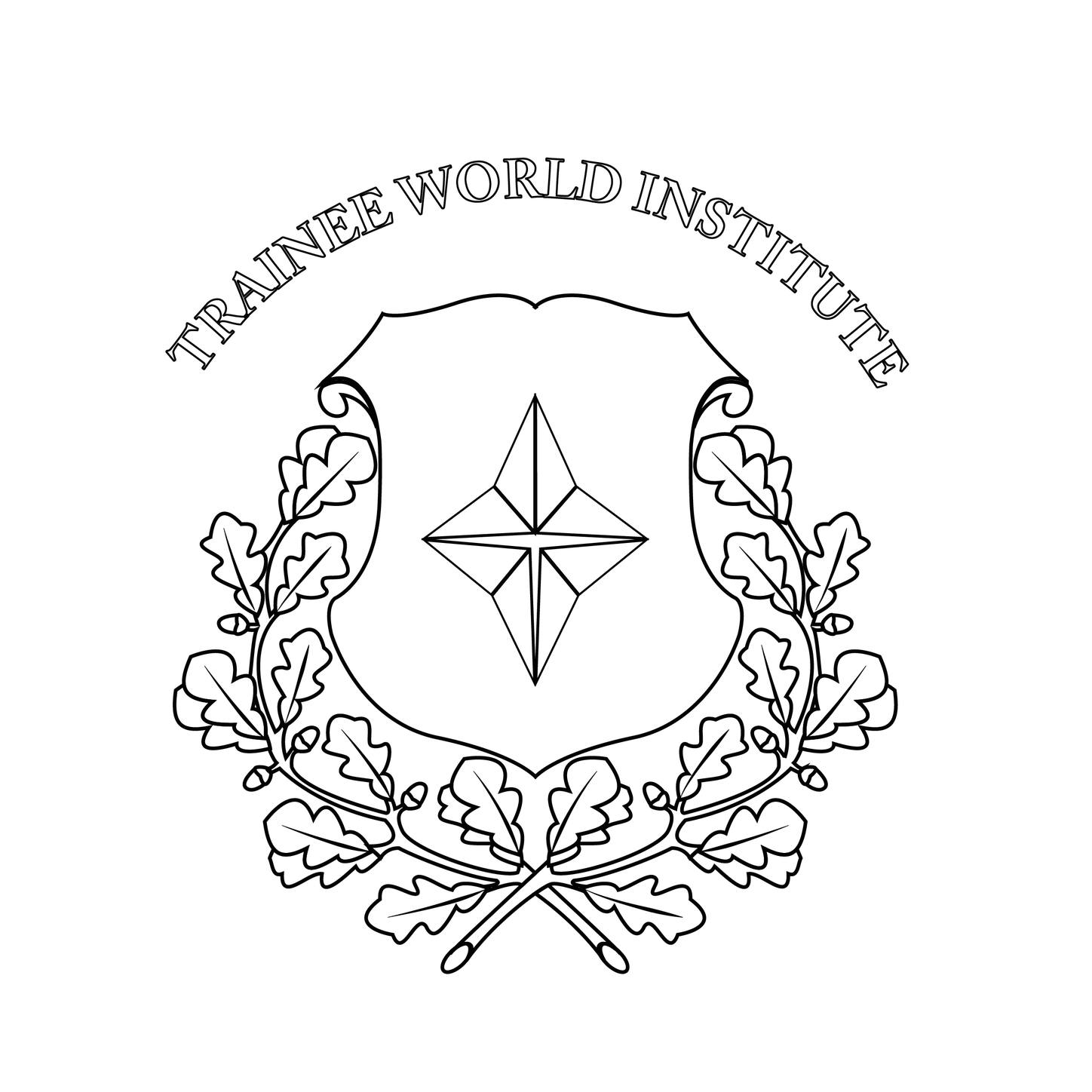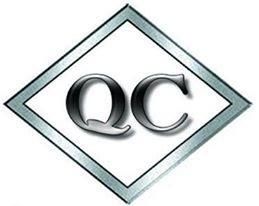


This program is designed for anyone who designs, drafts, engineers, purchases, manufactures, estimates, or inspects parts and assemblies. Particular emphasis is placed on those who design and manufacture, and those responsible for quality.
AGENDA
TARGET AUDIENCE
Production workers, machine operators, inspection personnel, or anyone looking to expand their knowledge of precision measurement technique and tools.
AGENDA
This course takes approximately 8 hours to complete.
TARGET AUDIENCE
Calibration technicians, quality managers, engineers, quality technicians, and other users of uncertainty budgets.
AGENDA
This course takes approximately 8 hours to complete.
Any individual working in the quality lab, calibration lab, or supporting the measurement and calibration functions of a lab should attend including technicians, engineers, inspectors, operators, and administrative support personnel.
AGENDA
This course takes approximately 8 hours to complete.